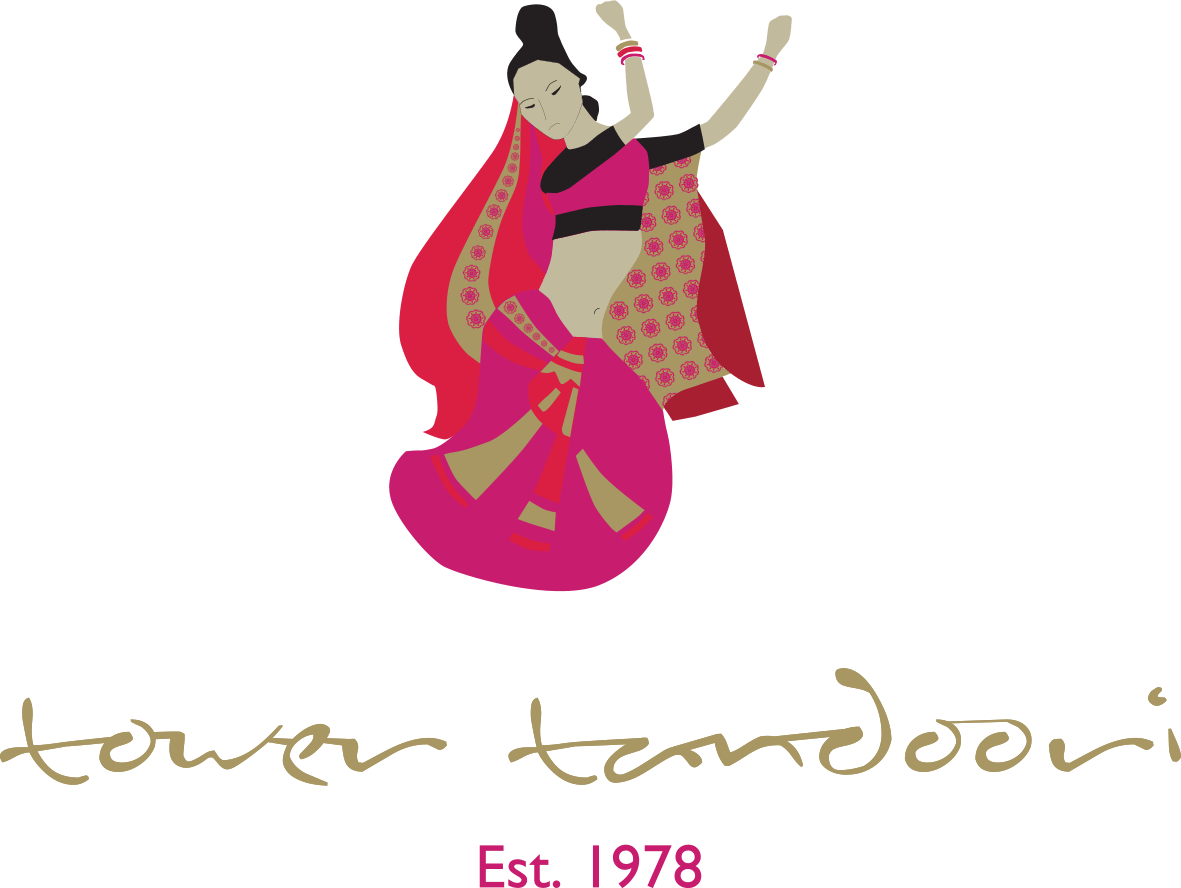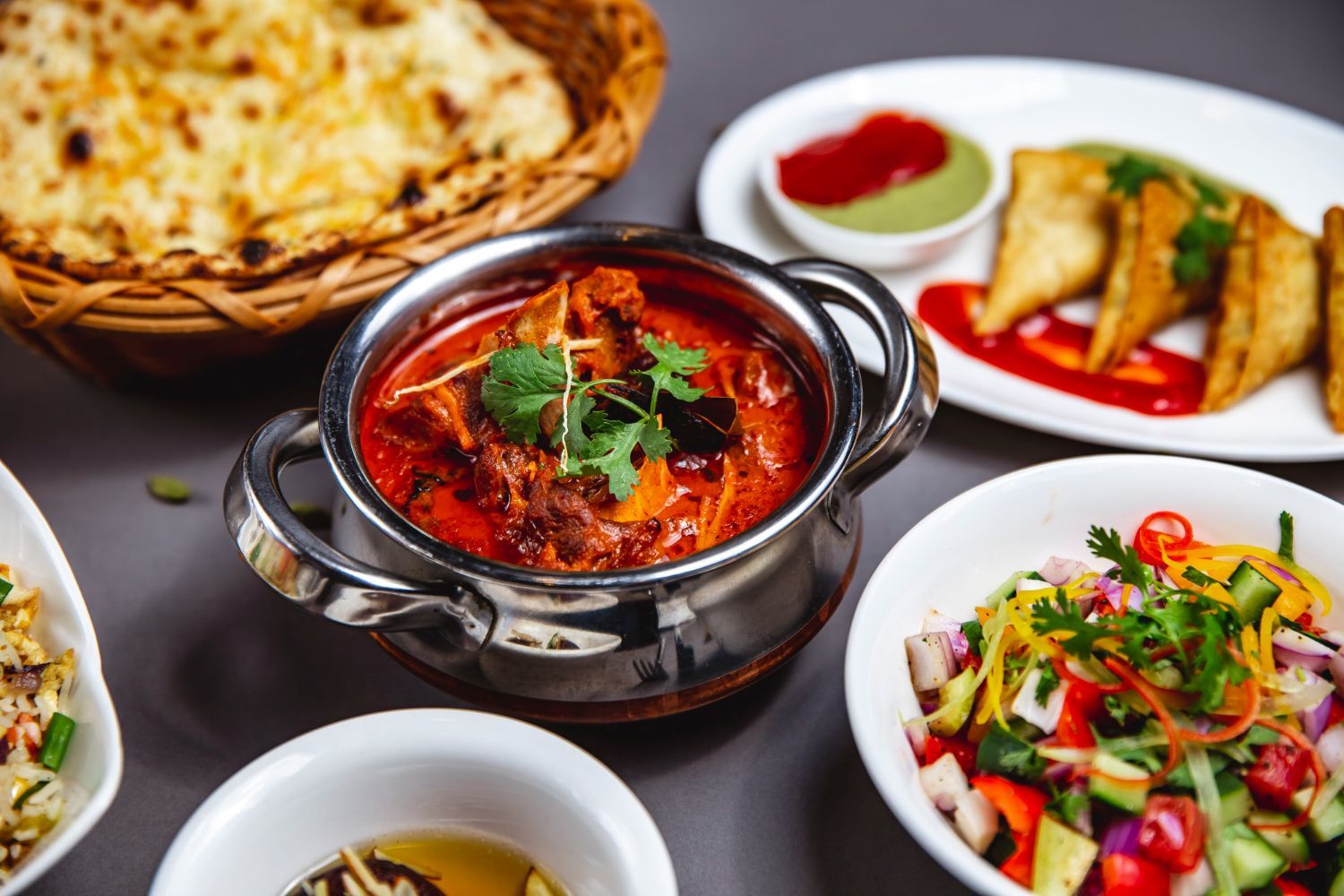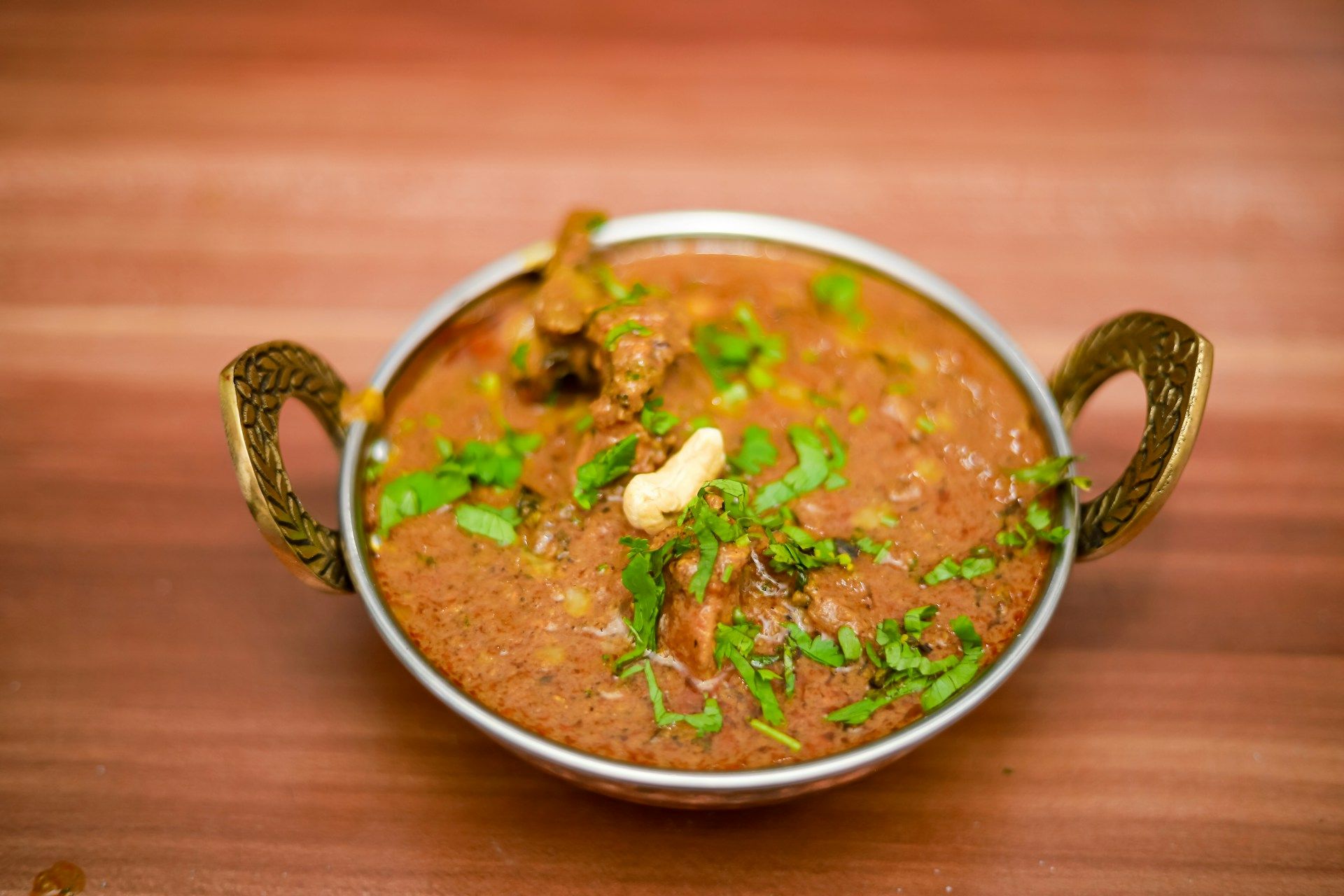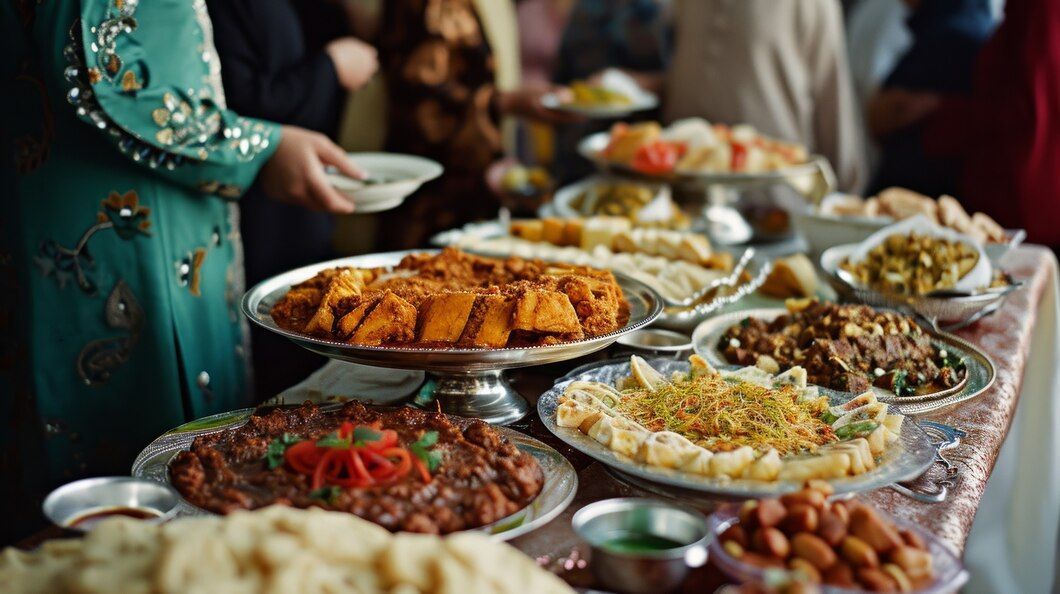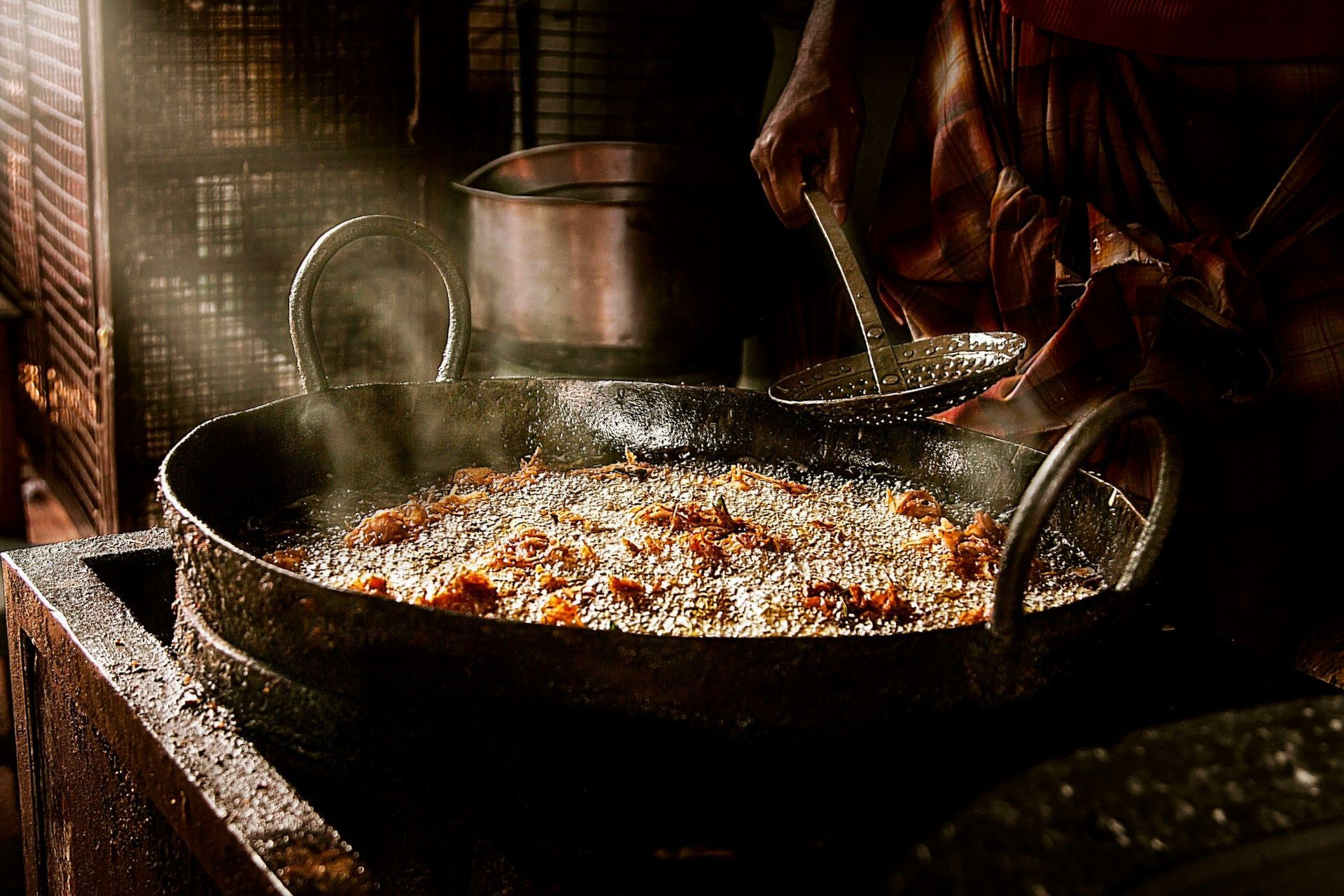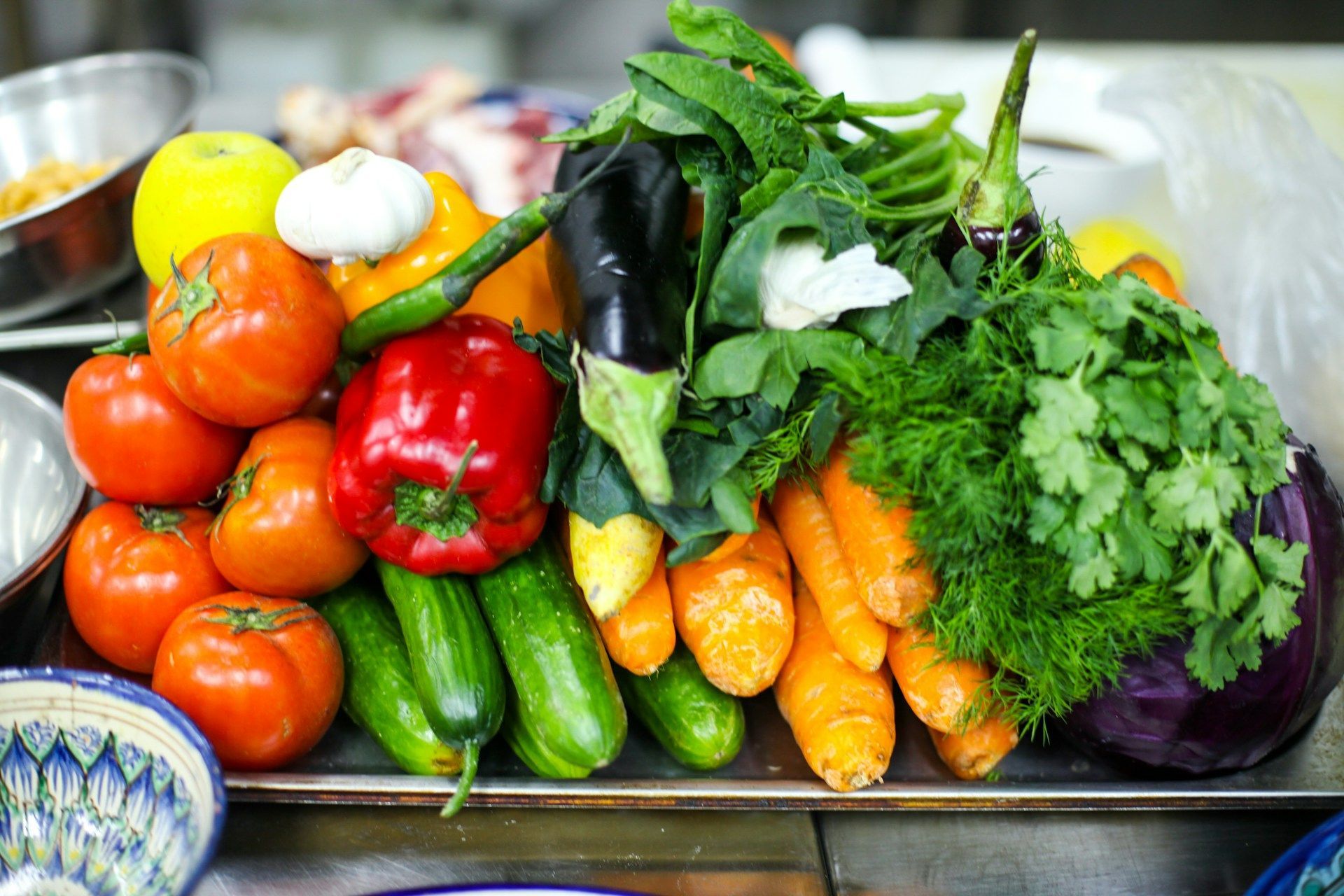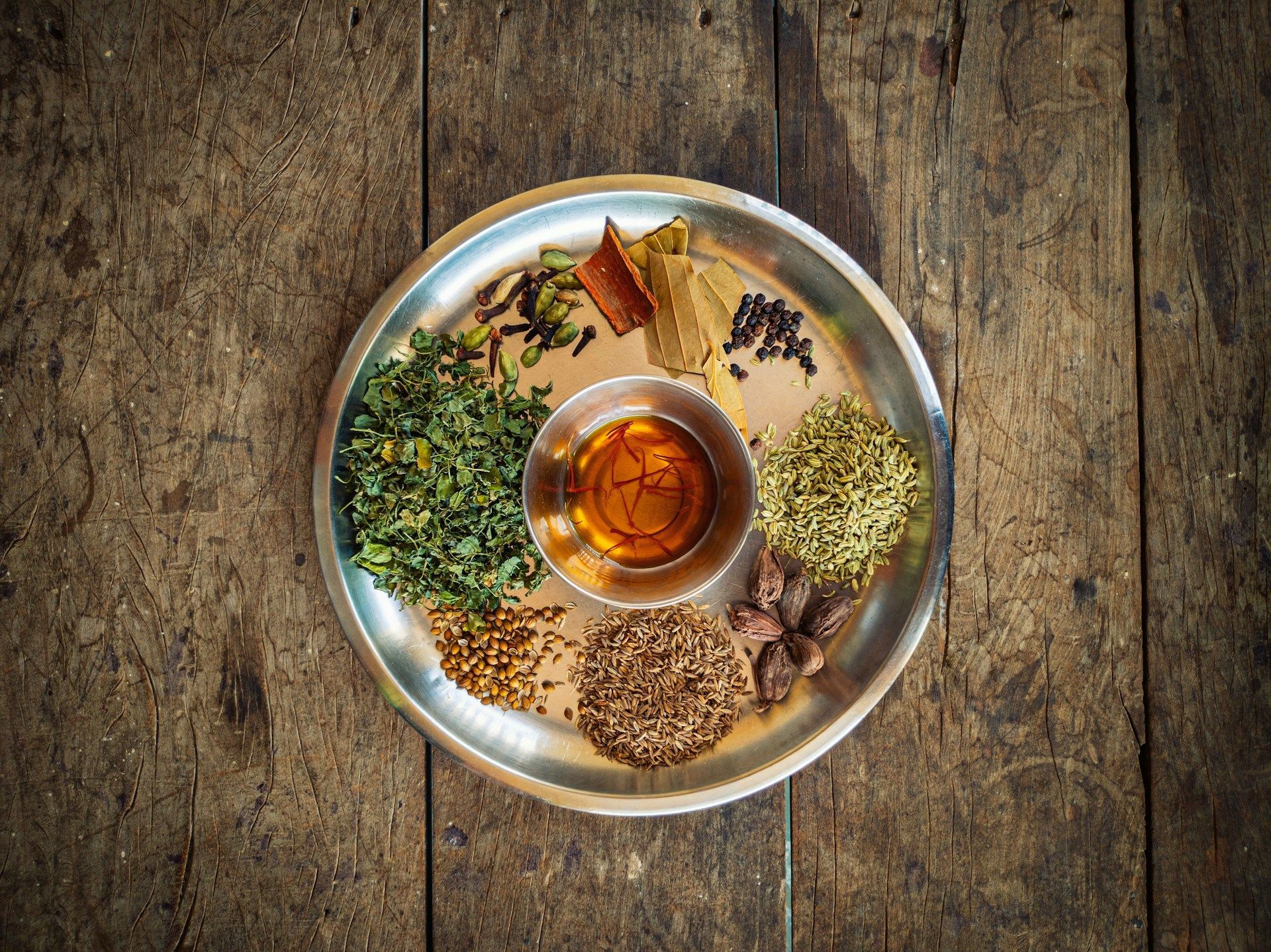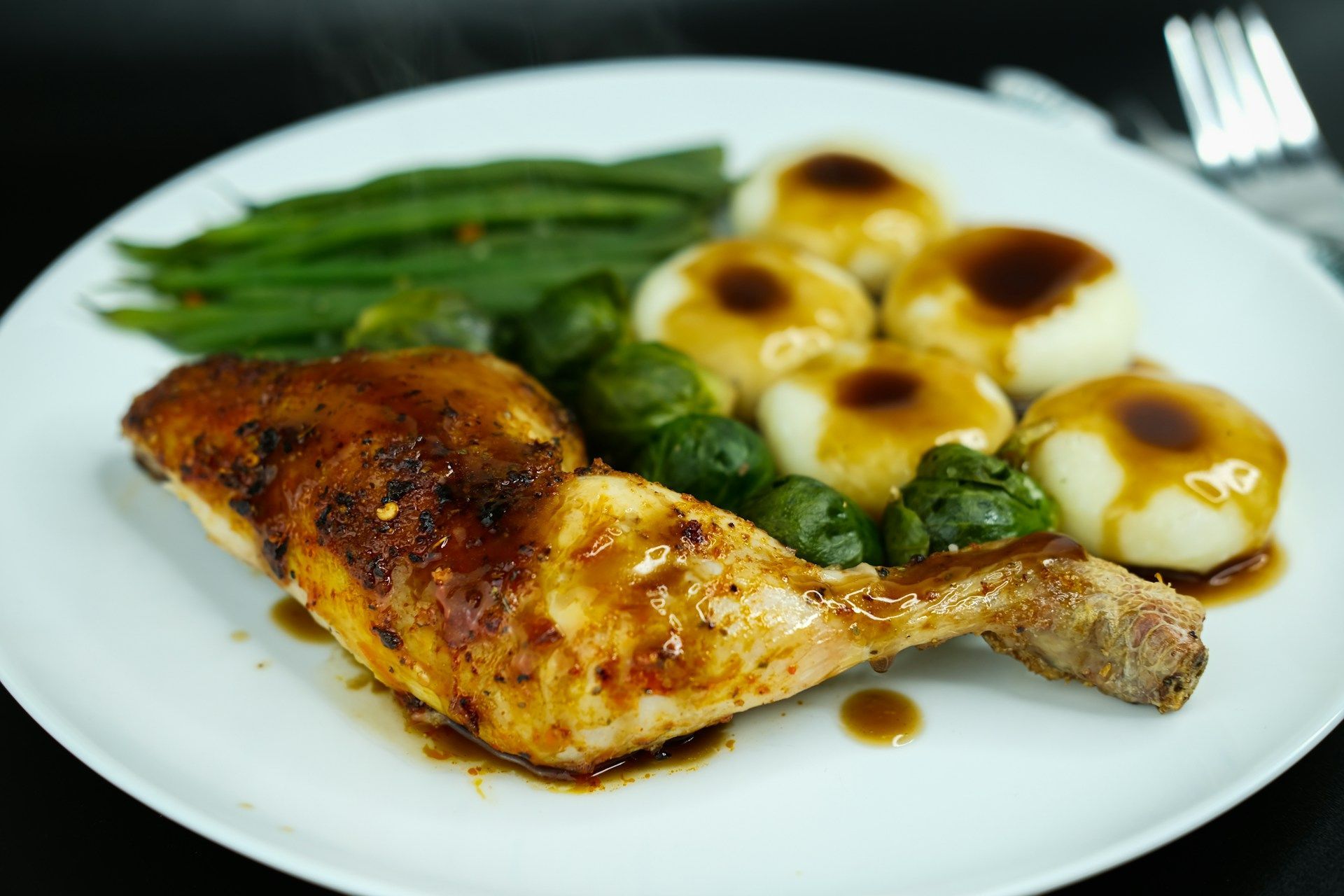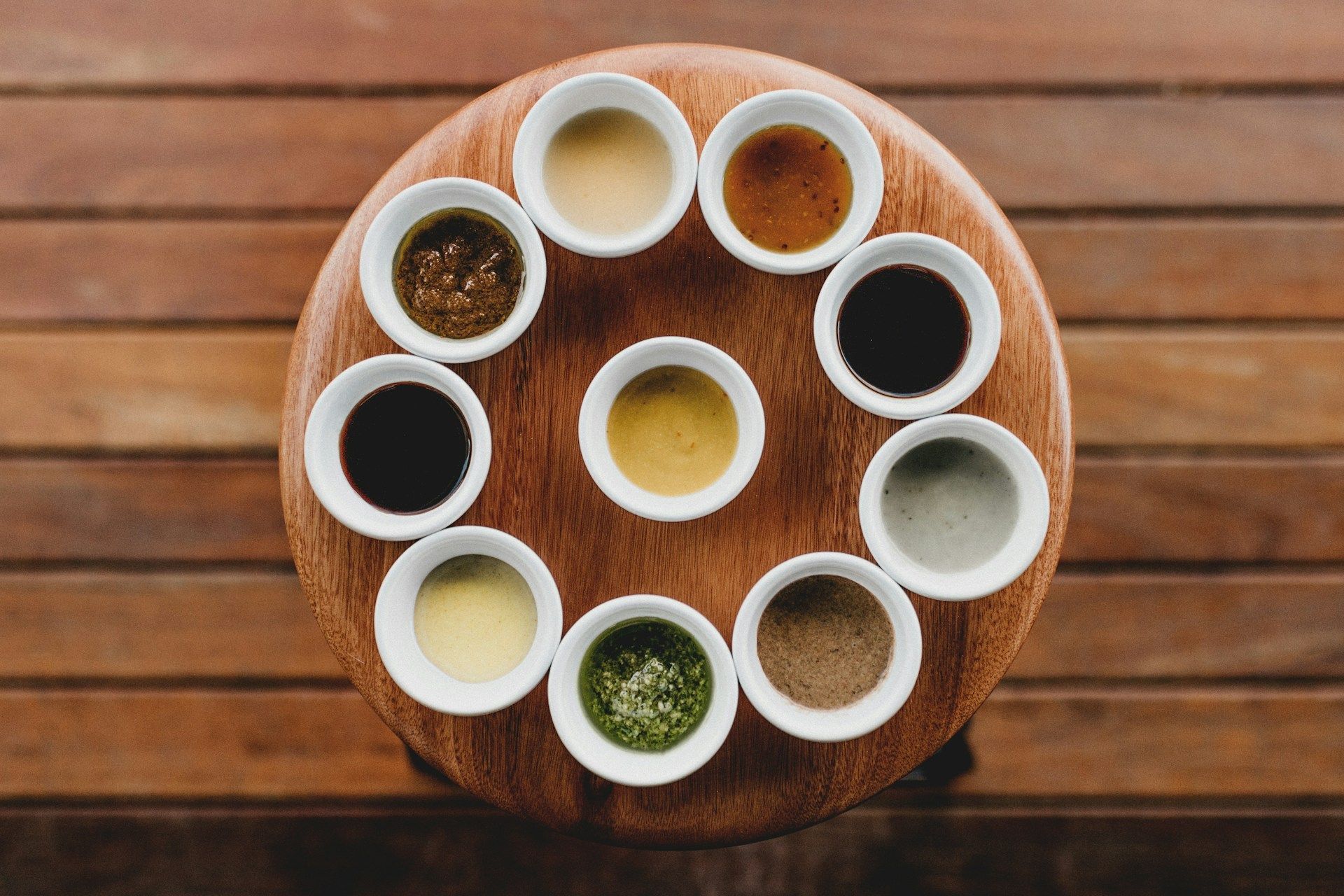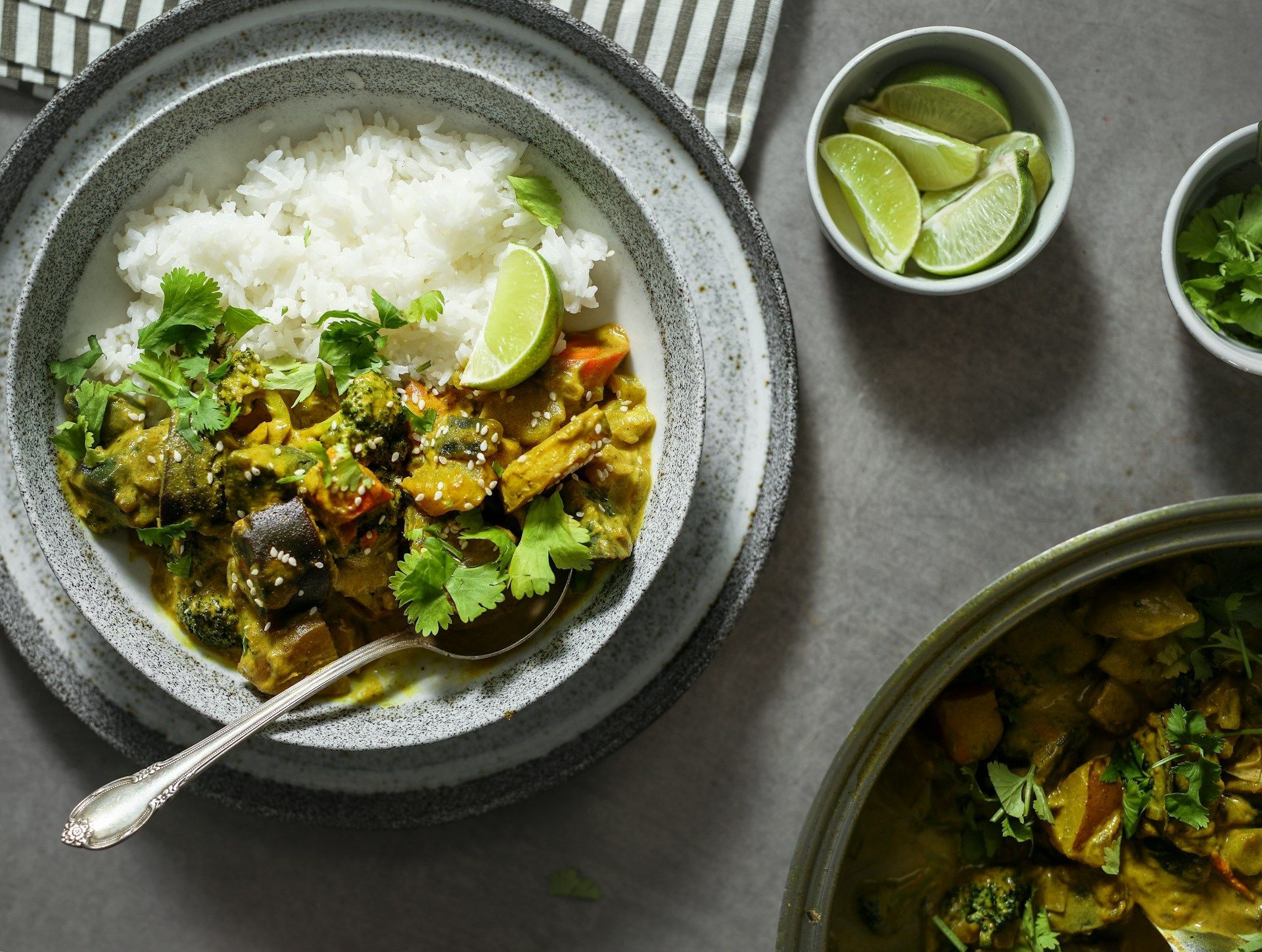Learning and Appreciating the Origins of Indian Cooking
This is a subtitle for your new post
Some of the world's most exquisite meals originate in India. Spices and fresh foods have a wide range of flavour qualities and are widely used throughout the country. When you combine that with the virtually limitless ways that dishes may be produced and assembled, you get some of the best food in the world.
To fully comprehend Indian food and its regional differences, as well as the historical changes that gave rise to these variants, one must first develop an appreciation for
Indian cuisine. Read on as we discuss, learn, and appreciate the origins of Indian cooking today.
A Brief Look Into the Growth of Indian Cuisine and Beyond
Becoming interested in foreign cuisines means digging deeper into their history. When you study a culture, you might learn about how the history of a country influences the flavours that are predominant today. For example, professionals in the subject of international studies are well aware that a country's history, culture, and religion all have an impact on the country's current experiences and look. This is especially evident in India, where the country's enormous diversity has resulted in the development of a diverse spectrum of culinary traditions.
Persia and China's cuisines have affected Indian cuisine for thousands of years. Throughout its history, India's commerce networks have provided the country with access to an almost limitless variety of spices, including chiles, cinnamon, and mustards, resulting in the development of a number of diverse varieties of masala. The end result of these spice mixtures is curry stews. The Indian culture avoids alcoholic beverages, leading to the creation of fruit juices and hot beverages (such as chai), which have contributed to the country's expanding flavour possibilities.
Food in India has been impacted by a variety of cultures, religions, and historical events. The country's size, broad trade networks, ease of access to resources, and religious diversity all contributed to the development of distinctively regional cuisines and specialties. As we witnessed with the food from the north of India, each region of India has its own distinct culinary tradition.
The Origins of Indian Cooking in Delhi
Flatbreads with varied fillings, kababs, and Indian ice cream are among the most popular meals in the city. Each of these dishes reflects the diversity of cultures found in Delhi. With time, the range of foods accessible on the street will expand. You might be able to discover regional cuisine in Delhi if you look hard enough and ask around.
The Origins of Indian Cooking in Kerala
Certain ingredients are required for the making of regional cuisine. Ginger, cardamom, and black paper are prominent spices used in vegetarian Keralan cookery (although seafood is included). The mussels used in the production of arikadaka, a Keralan delicacy, are cooked in rice flour.
The Origins of Indian Cooking in Punjab
A significant Central Asian influence may be recognised in Punjabi cuisine, which is traditionally associated with India's Muslim population. Butter and whole wheat flour are two often used ingredients. In this section of the restaurant, you will be able to enjoy many types of Indian cuisine from across the country. Sarson ka saag, a traditional Indian meal made with mustard greens, ginger, and garlic, is served with makki di roti, a type of flatbread from northern India.
The Origins of Indian Cooking in Sikkim
Despite the presence of various different ethnic influences, the food of this region is largely influenced by Nepalese culture. The feast includes traditional ingredients such as meat, rice, milk, and vegetables grown in the area, as well as some unexpected ones. Unlike many Indians, Bhutia Buddhists eat beef, and alcohol consumption is higher in Sikkim than in India.
Conclusion
India's vast history, culture, and cuisine are vast topics one can continue to explore and appreciate. To quench your thirst for knowledge, research on Muslim and Hindu influences, conquests, centuries of trade, and component origins is required. This is an excellent method for learning more about Indian cooking.
To end this piece, we hope that this essay has demonstrated how understanding a country's history and culture may help you appreciate its cuisine. Now that you know more, you will appreciate every authentic Indian dish that is served to you.
The
best Indian restaurant in London, Tower Tandoori, is your best spot for an authentic Indian cuisine experience. With our dishes, your taste buds will fall in love. Shop for our takeaway packages today!
